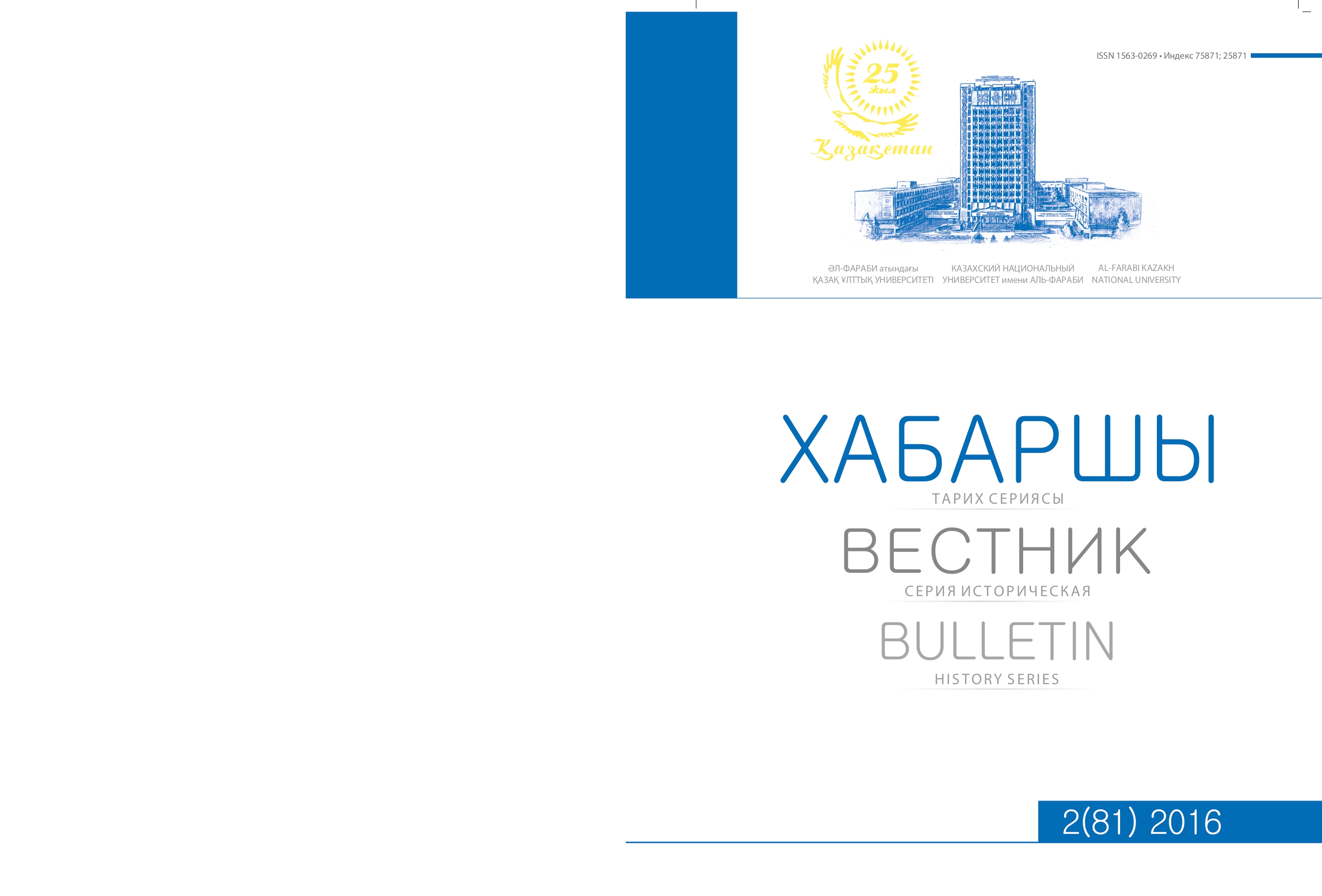The uprising of 1916: a view from XXI century
Abstract
There is a crisis in the development of historical science in post-soviet area that is related to objective and subjective factors. The objective reasons are connected with the withdrawal from Soviet-Marxist formational theory and the search for new methodological approaches. The subjective reasons include a continuous refusal of some historians to abandon idea of Russia’s civilizing mission policy in Central Asia, Kazakhstan, the Caucasus and other colonial outskirts of the Russian Empire, the deliberate distortion of history of people living in those regions. Debates begin every year among historians of post-Soviet republics due to anniversaries of historical events. The exception was not even a widely studied event as the uprising of 1916 in Kazakhstan and Central Asia. In the article an attempt on the basis of analysis of unrest in 1916 in Zaisan district is made to show groundlessness of assertions of the Soviet period about social character of the uprising of 1916. According to the author, the uprising of 1916 holds a character of national liberation. The uprising completed the first stage – the stage of spontaneous struggle – in the history of national liberation movement in Kazakhstan. Key words: national liberation movement, an uprising, a social movement, a rebellion.




